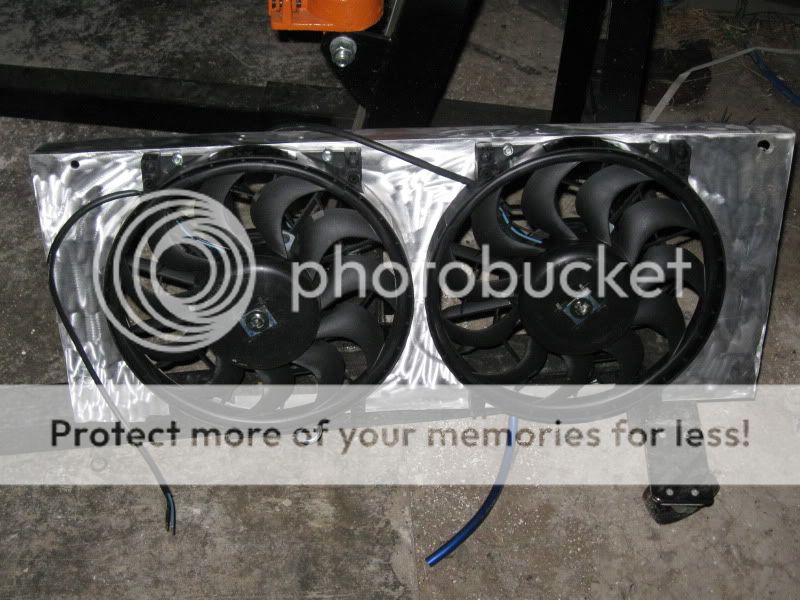Just my .02 cents from having dealt with XJ cooling systems for over a decade.
While CFM is certainly important- especially at slow speeds- Radiator cooling capability is what I normally see as being the main culprit in overheating for most people. More CFM won't cure an overheating issue if your radiator is insufficient.
I've had many guys tell me how they've replaced all sorts of stuff like thermostats, housings, water pumps, e-fans, and on and on, but they either haven't replaced the radiator or they've replaced it with a unit that may be questionable in cooling performance.
I agree with Goatman and I've also seen a number of guys go with dual electrics- only to switch back to the original set-up later.
Wheeling hard and slow in Kansas heat in the summer with temps around 105*, AC on, my temps have always stayed around 195* on a mechanical gauge plumbed in at the thermostat housing.
I have always run the same set-up on 4 different XJ's over the last 12 years.
-CSF 3-Row Radiator (This rad outcooled their 2 row unit by a big margin and also outcooled every other 2 or 3 row rad I've tried- and I think I've tried them all in the last 10 years)
-FACTORY 195* thermostat, Factory T-Stat Housing, Factory water pump, Factory Fan Clutch with Original engine driven fan and Factory e-fan!
-50/50 mix of antifreeze and distilled water No water wetter...
I do run synthetic motor oil too and I like it for superior protection, but I'm of the crowd that would believe it lends itself to running a bit cooler than dino.
Basically, the stock system with the CSF 3-row radiator has been great for me and many others- assuming that the stock t-stat, fan clutch, water pump, etc, are all in good working order.
Hood vents can certainly lower underhood temps and facilitate quicker underhood cooling and (in some cases) lower engine temps a bit, but the jeep shouldn't be running too hot with the right cooling system components.
The only issue I have now is that my XJ is a 2000 model. Turning on the AC on the 2000 and 2001 models does not cause the e-fan to come on like it did on previous models. Now the computer tells it to come on, regardless of whether the AC is on or not. It still runs right around 210 on the factory gauge, but I wanna figure out the right way to make the e-fan come on sooner and I'll also install a good mechanical temp gauge again since the newer factory temp gauges are "funny.":confused1
The factory setting on the e-fan was too hot on my '97 models too. I'd notice that my gauge would creep up around that 210 mark on the trail if my AC was off, but as soon as I turned it on, the temps STAYED at 195* all day long. The 2nd e-fan is important to the cooling system! The engine driven fan is only pulling air through half of the radiator. On those super hot days at slow speeds on the trail, I want both fans working!
Sitting around 195* all the time tells me that my cooling system is more than efficient and my thermostat is dictating the minimum engine temp that I'm running at. If I'm running hotter than my thermostat setting, then my cooling system isn't keeping up how I like it to...


 somewhere, that stated there was a dealer flash for the computer that lowered the e-fan settings on the later models.
somewhere, that stated there was a dealer flash for the computer that lowered the e-fan settings on the later models.